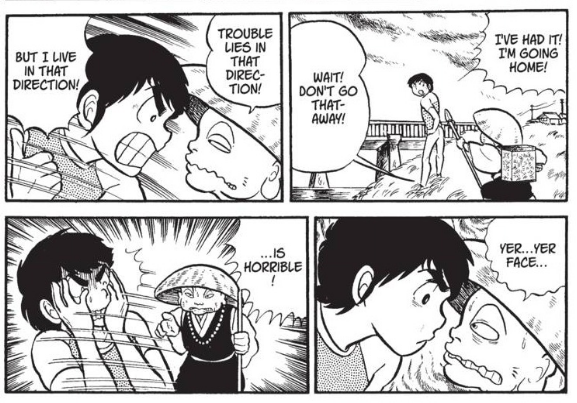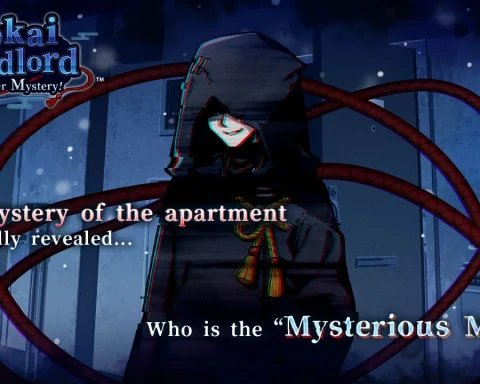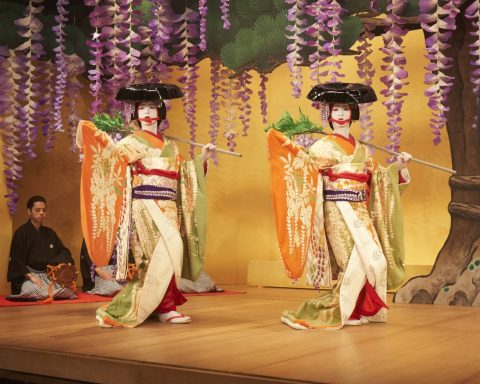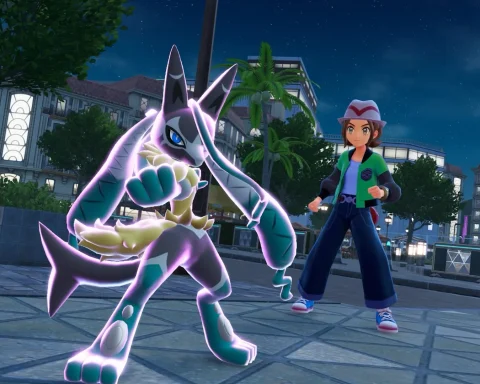– Clark A.
Anime Editor
Latest Articles
WiZmans World Re;Try, an HD remaster of a tactical RPG, was released in Japan for PlayStation…
Thirdverse has announced that free-to-play social virtual reality game Hello Kitty Skyland is right on track…
Werewolf game-style social deduction adventure game Yokai Landlord: Monster Mystery! puts players in the shoes of…
I don’t often write about films these days, but I recently saw something at the Japan…
The Pokémon Company had revealed another new Mega Evolution from Pokémon Legends: Z-A‘s upcoming DLC, Mega…










